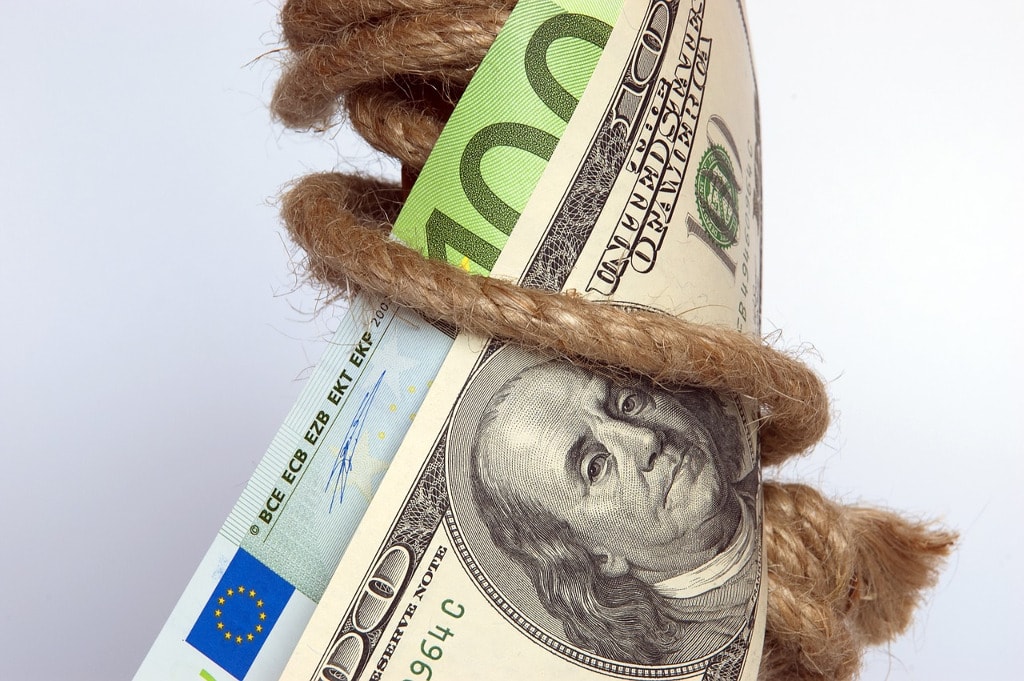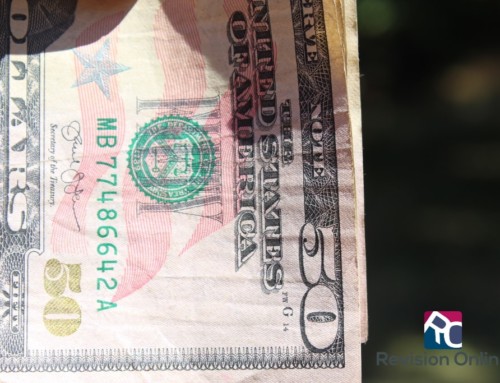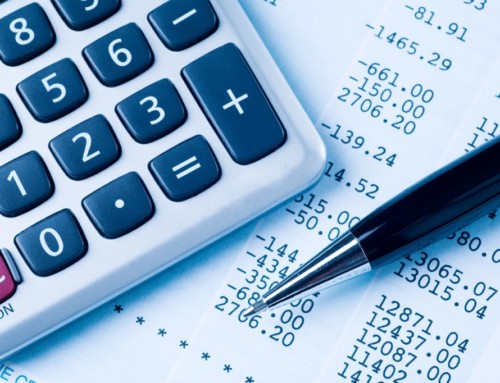ZIMSEC O Level Principles of Accounts Notes: Introduction to Bad Debts
- To understand the concept of Provision for Doubtful debts first we must look at Bad Debts
- As outlined during the discussion of the matching/accruals concept
- Most businesses conduct business on credit in addition to cash sales
- Typically with cash sales payment is received when the goods are sold
- With credit however, payment is received at a later date
- Thus far it has been taken for granted that payment will be received
- In reality, for a number of reasons, there is always the risk that some of the business’s debtor’s will not pay
- This is a normal business risk and such bad debts are a normal business expense
- They should be written against profit for the period in which they occur
- The bad debts must also be written off from the current assets figure (Debtors/Trade Receivables)
Reasons for bad debts
- The debtor is refusing to pay one or more invoices
- The debtor is refusing to pay part of an invoice
- The debtor can only pay part of the debt due to death or bankruptcy
Entries to record a bad debts
- The following entries must be made in the books as soon as a bad is considered:
- Dr Profit and Loss (This is shown as an expense in the Income Statement)
- Cr The Debtors Account
- This is done in the period in which the debt is considered to be bad,
- The debt cannot be written off retroactively on last year period
- The story does not end there
- It is obvious there is need for a mechanism that accounts for bad debts before they occur
- This is where the provision for doubtful debts come in
To access more topics go to the Principles of Accounting Notes.






